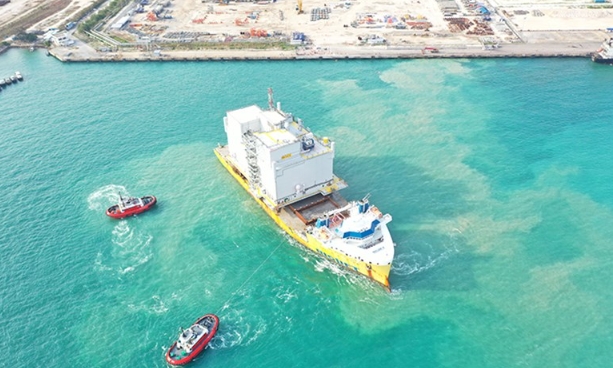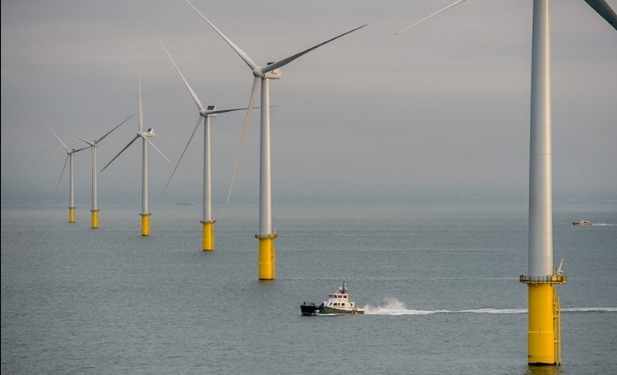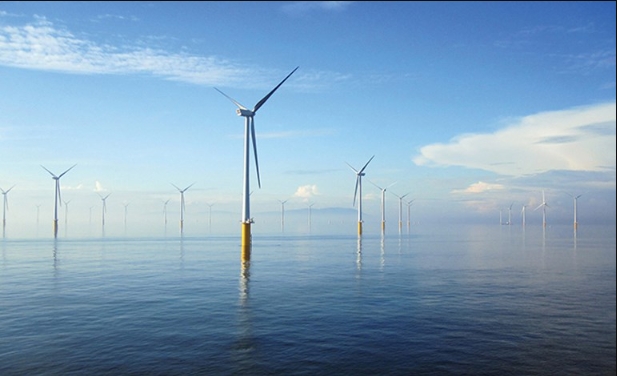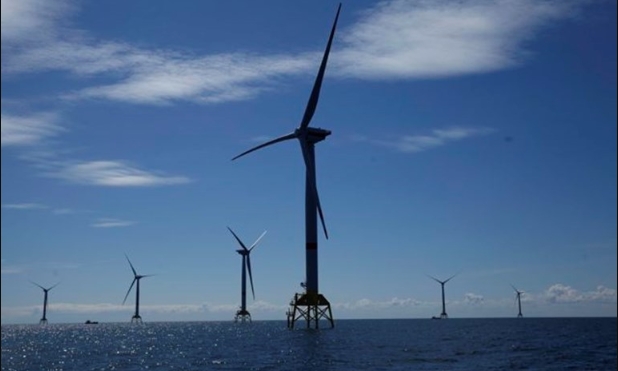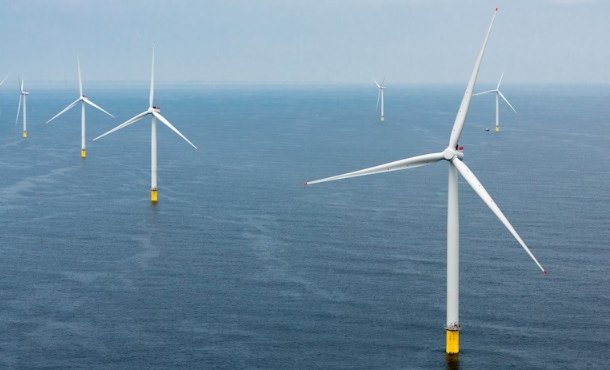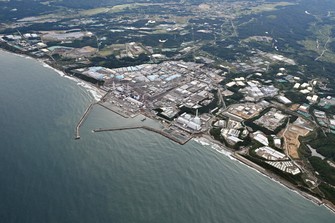
The move comes after the latest batch of water has been confirmed to meet radioactivity levels within the standards set by the central government and Tokyo Electric Power Company Holdings Inc., TEPCO said Monday. The wastewater release first began in August last year despite opposition from countries such as China.
As with the previous three rounds, a total of 7,800 tons of processed liquid will flow into the Pacific Ocean during a period of around 17 days.
TEPCO and the central government maintain disposing of the treated water is crucial toward decommissioning the nuclear plant, which suffered reactor fuel meltdowns in the wake of a catastrophic earthquake and tsunami disaster in 2011. The water release is expected to last for about three decades.
Massive amounts of contaminated water have been generated in the process of cooling the melted fuel. The water has been kept in tanks installed at the site after going through a liquid processing system that removes most radionuclides except tritium, but they have been nearing capacity.
The processed water has been diluted with seawater to one-40th of the concentration permitted under Japanese safety standards before being released via an underwater tunnel 1 kilometer off the power plant.
According to TEPCO, no abnormal tritium levels have been detected in nearby waters of the ocean following the three previous discharges.
From the fourth batch, the operator plans to skip a procedure to put treated water, after it is diluted with seawater, inside a large container to confirm the tritium level as a last-minute check before release.
Instead, it will take a sample of the diluted water while it is being discharged, with measurements to the tritium concentration done once daily.
During the discharge and in the week after its completion, the operator will take daily seawater samples from four locations within 3 km from the plant. Its findings will be published the following day.
A total of 31,200 tons of treated wastewater is expected to be discharged during fiscal 2023, resulting in the release of 5 trillion becquerels of tritium, or less than a quarter of the annual upper limit of 22 trillion becquerels, according to TEPCO.
